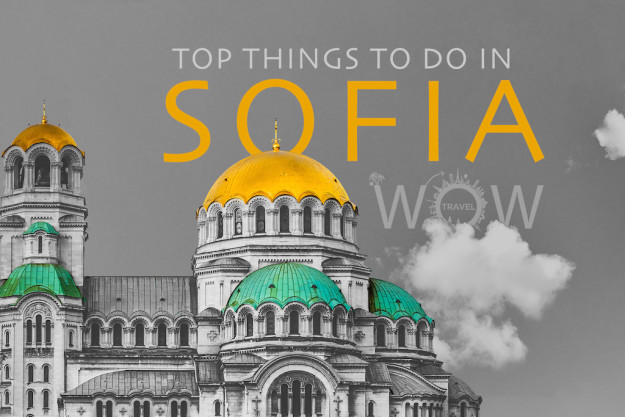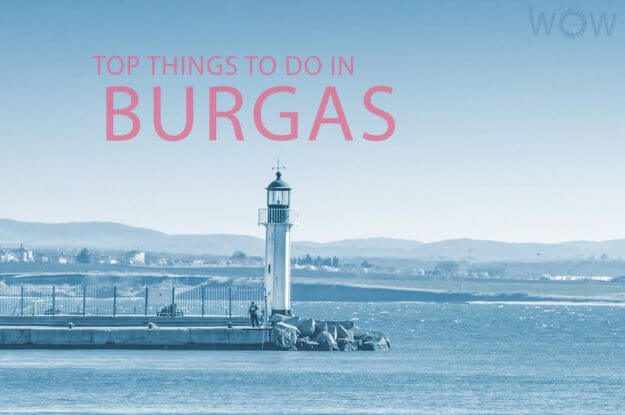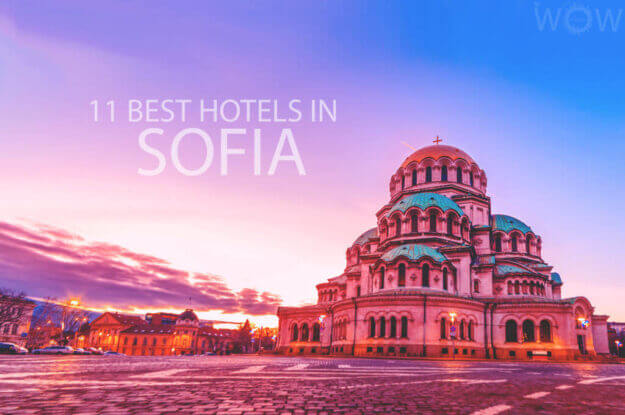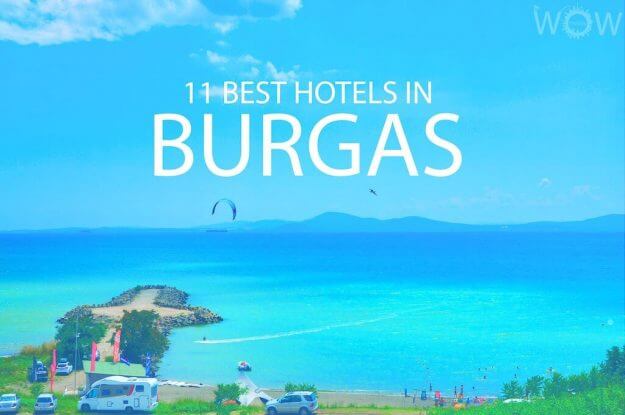Although Eastern Europe is literally the eastern part of the continent of Europe, there is no clear demarcation of the countries that are a part of it as the term is more geopolitical than physical. The physical land boundaries of the region are the Ural Mountains and River, and the Caucasus Mountains but these are irrelevant in the larger scheme of boundaries. Countries that make up this part of Europe have sometimes been described as a cultural entity with its main characteristics comprising Greek, Russian, Byzantine, Eastern Orthodox and influences from the Ottoman culture. Another definition of Eastern Europe is the term Eastern Bloc which emerged during the Cold War to group the former communist European states which were not part of the Soviet Union.
However, no matter what demarcation is used to mark the region, there is no doubt that this part of Europe is a melting pot of natural wonders with rugged mountain scenery, sprawling plains, and beautiful water bodies. Eastern Europe is a land bathed in folklore and festivals that have been passed down through the ages, like Poland’s Drowning of Marzanna, Bulgaria’s Golden Grapes Festival or Hungary‘s Busójárás. It is also a breathing museum of history with some of its remarkable monuments like the Constantin Tanase Theater in Bucharest, the Main Market Square of Krakow or the Prague Castle in the Czech Republic, drawing interested visitors into its past.
Sofia to many people is just a beautiful name for girls. To us, Sofia is one of the best kept secrets and most beautiful European jewels. During its 1300 years of history, Sofia was home to many Thracians, Macedonians, Romans, Byzantines, Ottomans, Jews, Muslims, Greeks, Slavs and more which has made of it one of the…
Burgas is what you can consider being the bridge between natural beauty and the modernity of the human civilization. The city is known to be the seat of Bulgarian trade, Bulgarian tourism, and Bulgarian culture. The history of the city will take you back to the times of the Ottomans under whose reign, Burgas flourished…
Sofia is perhaps one of the cities in Europe with the most complicated past. But it also means that the Bulgarian capital has plenty of stories to tell. After the Bulgarian Revival in the late 19th century, in which the country reclaimed independence from the Ottomans, Sredet was transformed into a fast-growing, multicultural, and modern…
The Black Sea coastal city of Burgas in southeastern Bulgaria is fairly young, having been developed in the 19th century. Yet, it draws visitors from all over because of its myriad attractions. Whether you’re thinking of going on a beach holiday, exploring archaeological sites and museums, or admiring diverse flora and fauna, you’ll find plenty…




